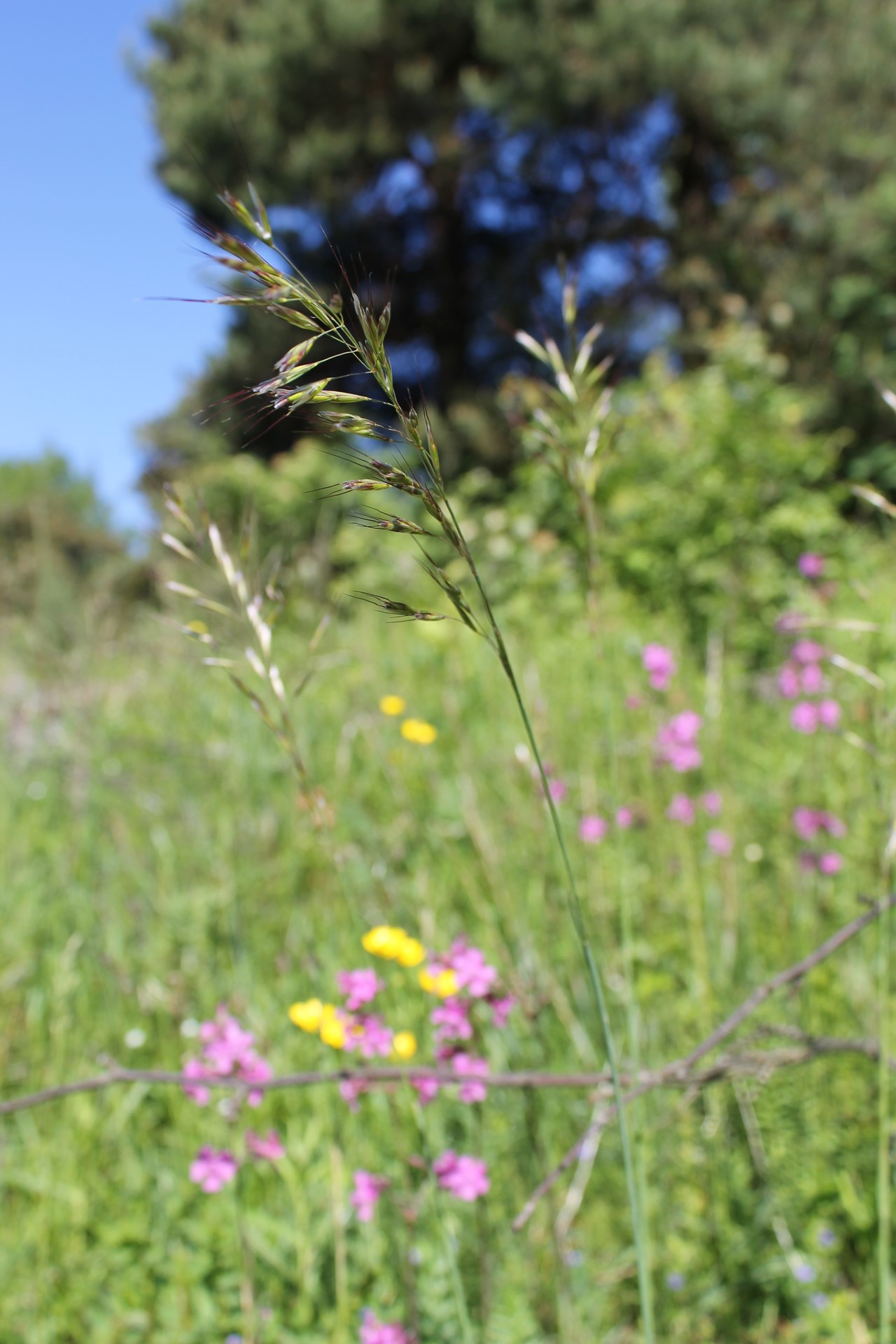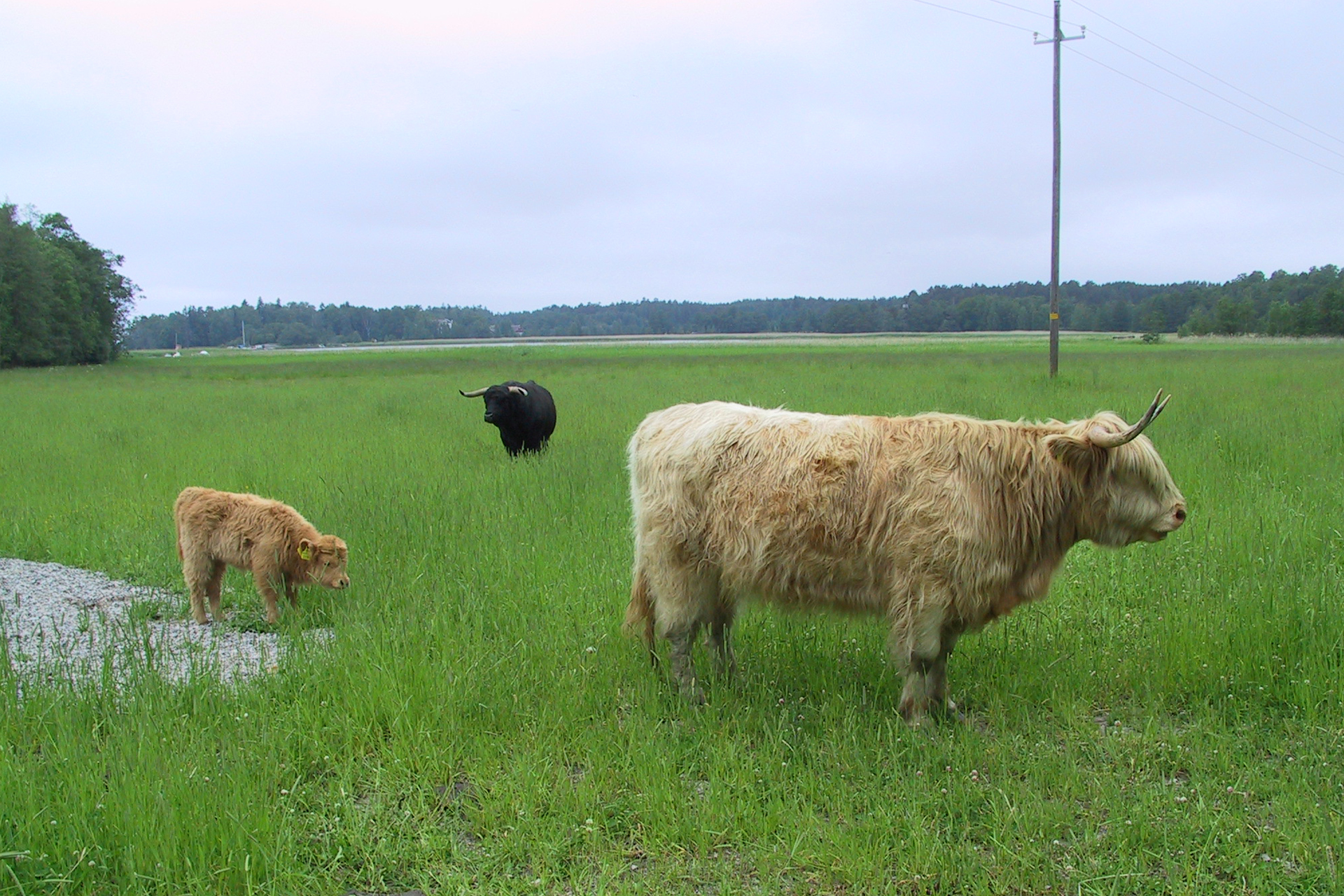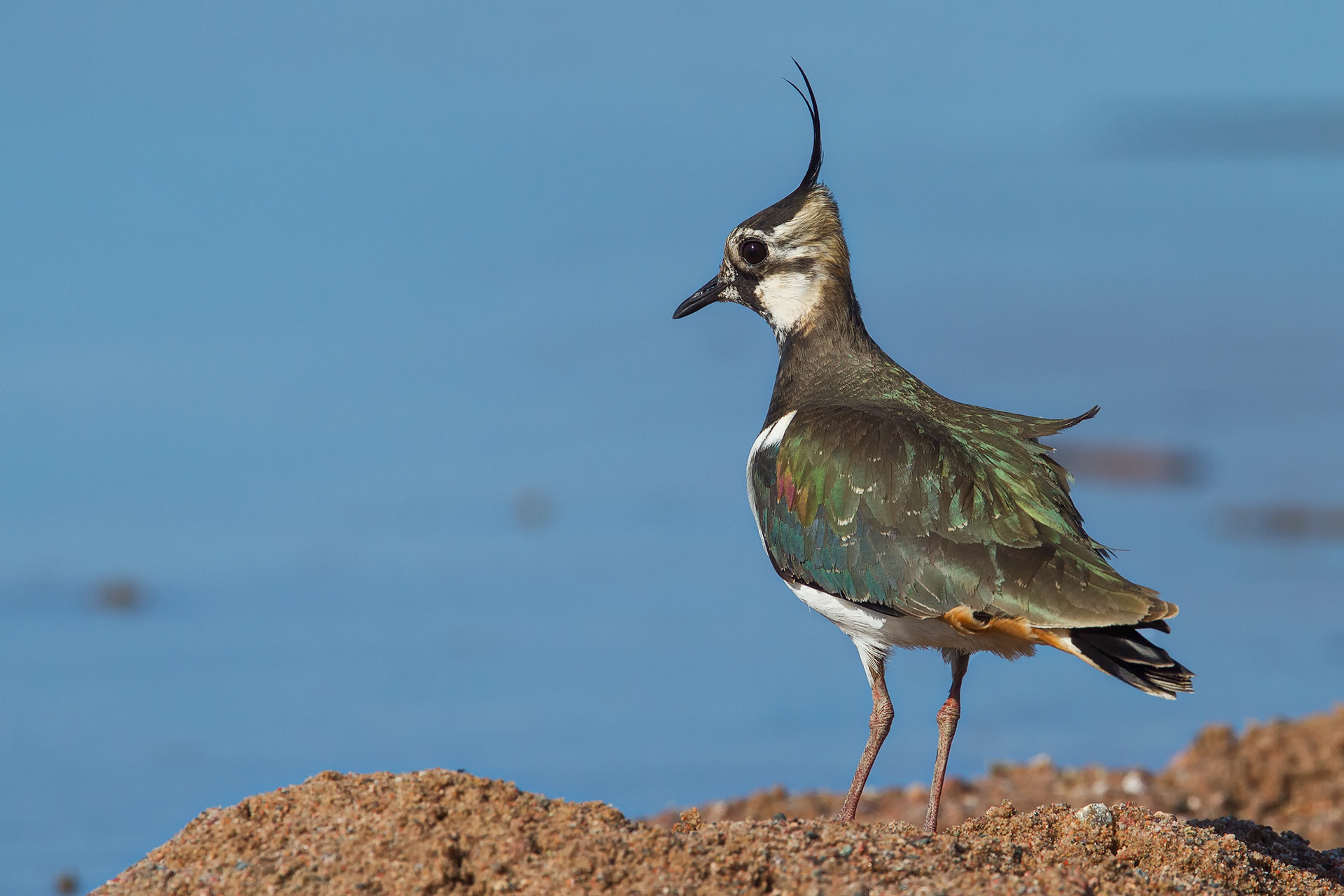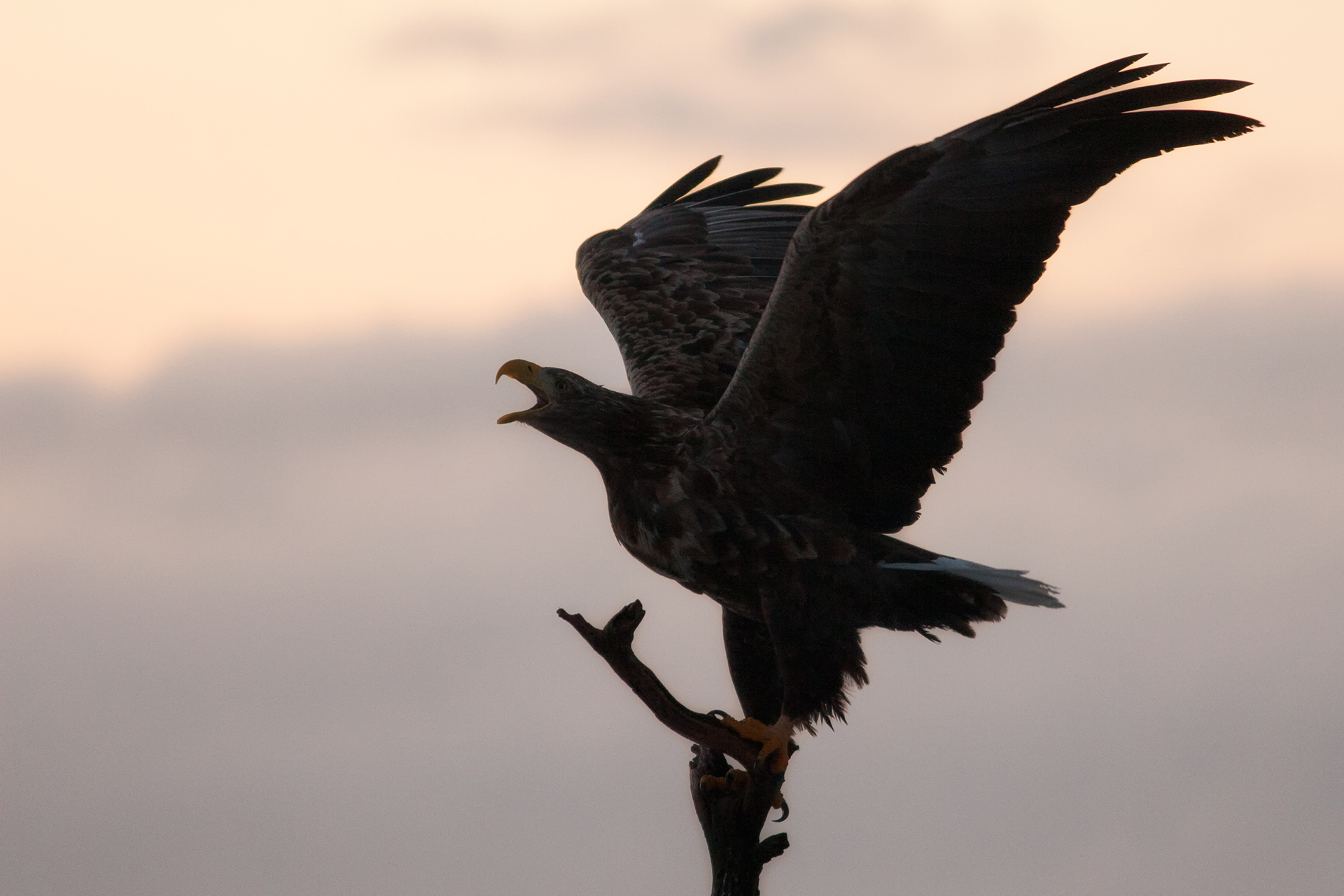The coastal meadows and bays of Ruissalo
Open coastal meadows have been formed as a result of sea level variations, ice shoves, mowing and grazing. They are characterised by low grasses and herbage that form distinct zones and the absence of trees and shrubs, though you might find the odd juniper growing here and there.
Nowadays the openness of coastal meadows is threatened by eutrophication and lack of maintenance, which lead to brush claiming the landscape, overgrowth and a decline in biodiversity. On Ruissalo, the coastal meadow located between the cycling road leading to Kansanpuisto and the shore is a representative Finnish coastal meadow – the plant species found there include downy oat-grass, common bent, yarrow, brown knapweed, lady’s bedstraw, upright bedstraw and ground ivy. This coastal meadow has been maintained by grazing since 1995.
Expansive, shallow bays are valuable and protected habitats. Krottilanlahti and Härkälahti in the southern part of Ruissalo are typical examples of such shallow sea bays, which are unaffected by fresh river water and ocean currents. These bays have soft bottoms and their shorelines are lined with reeds. Natural shallow bays feature a rich and diverse range of bottom flora and fauna. Because of this, these types of bays are also valuable from the perspective of bird species. The best way to discover Krottilanlahti is to visit the bird watching tower located on its shore.



